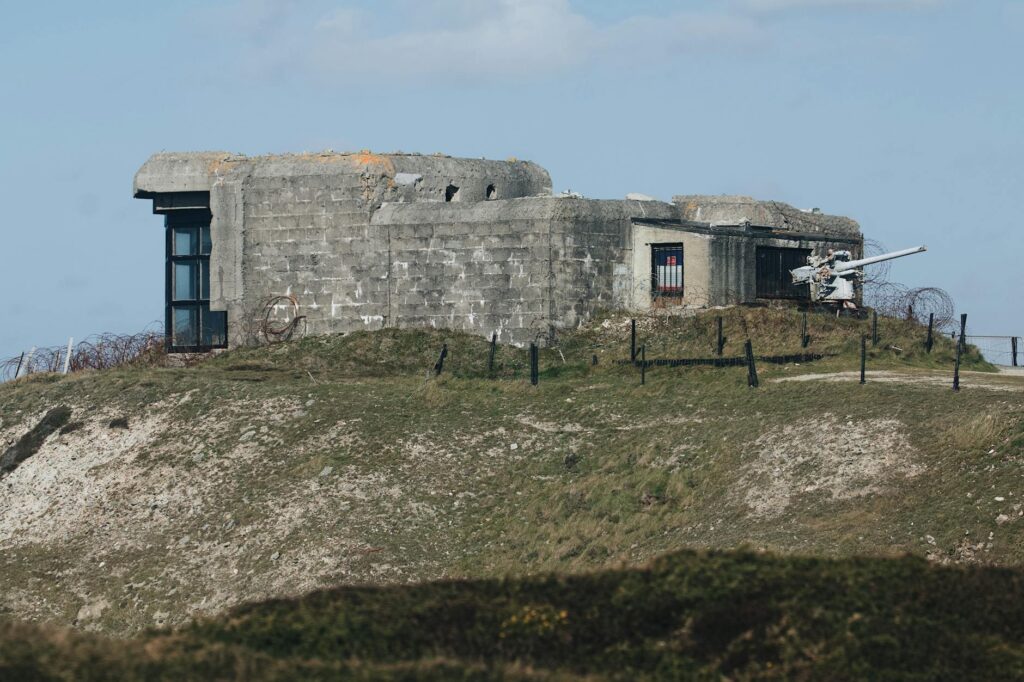Building a sturdy and level base is crucial for any outdoor structure, from a simple mailbox to a complex gazebo. Pouring a post concrete base is a relatively straightforward task, but getting it right ensures longevity and stability. This guide will walk you through the process, step by step.
Choosing the Right Location
Before you even think about mixing concrete, selecting the optimal location is key. Consider factors like drainage, proximity to utilities, and the overall aesthetic of your project. Proper site preparation will save you headaches later. Make sure to check local regulations regarding setbacks and permits. Learn more about local building codes.
Digging the Hole
The size of your hole will depend on the size and type of post you’re using, as well as the local soil conditions. Generally, you’ll want a hole that’s about twice the diameter of your post and deep enough to accommodate the concrete base. Use a post hole digger or auger for efficient digging. 
Adding Gravel for Drainage
Adding a layer of gravel at the bottom of the hole improves drainage and prevents water from accumulating around your post. This is particularly important in areas with high water tables. About 4 inches of gravel is usually sufficient. [IMAGE_2_HERE]
Mixing the Concrete
Mixing concrete can be done by hand or with a power mixer. Follow the manufacturer’s instructions on the bag of concrete mix for the correct water-to-cement ratio. Ensure the concrete is thoroughly mixed to achieve a consistent consistency. Learn more about different concrete types.
Setting the Post
Carefully position your post in the center of the hole, ensuring it’s perfectly plumb (vertical) using a level. You may need a helper to hold the post in place while you pour the concrete. Check again for level before the concrete fully sets. [IMAGE_3_HERE]
Pouring the Concrete
Slowly pour the concrete into the hole, taking care not to splash it onto the post. Use a shovel or trowel to gently tamp down the concrete, eliminating any air pockets. Ensure the concrete reaches the desired depth and completely surrounds the post. Read our guide on concrete finishing techniques.
Curing the Concrete
Allowing the concrete to cure properly is essential for its strength and durability. Keep the concrete moist for several days by regularly watering it, especially during hot, dry weather. Avoid walking or placing heavy objects on the newly poured concrete. Watch this video on proper concrete curing.
Finishing Touches
Once the concrete has fully cured (usually 7-14 days), you can remove any excess concrete and backfill around the post. Consider adding landscaping features to enhance the look of the finished product. Check out these landscaping design ideas.
By following these steps, you can create a strong and lasting post concrete base for any outdoor project. Remember, preparation is key to success. A well-built base will ensure that your post remains secure for years to come.
Frequently Asked Questions
How deep should I dig the hole? The depth depends on the post and soil type; generally, it needs to be deep enough to allow at least 1/3 of the post length below ground level for stability.
What type of concrete should I use? A standard pre-mixed concrete mix is typically suitable for post bases. Always read and follow the manufacturer’s instructions.
How long does it take for the concrete to cure? Full curing typically takes 7-14 days depending on weather conditions; keep it consistently moist during this period.
Can I use quick-setting concrete? While possible, quick-setting concrete can be more challenging to work with and may not always provide the same level of stability as regular concrete.
What if my post isn’t perfectly plumb? Rectify this immediately before the concrete sets completely. You might need to adjust the post and add/remove more concrete.

